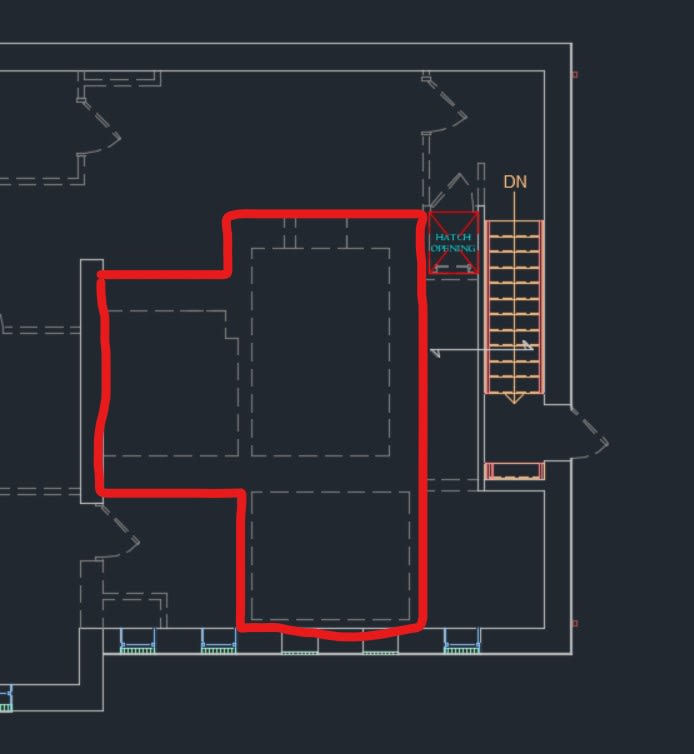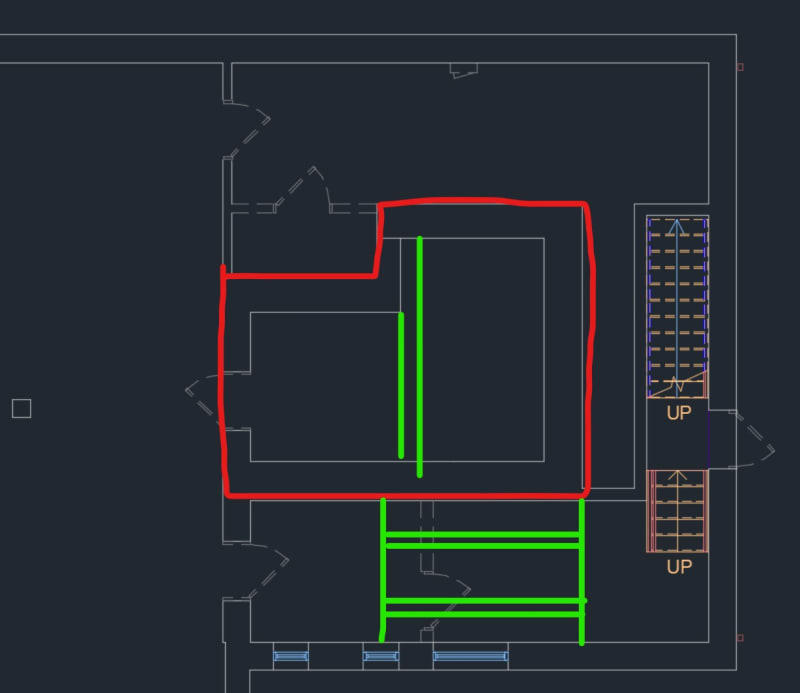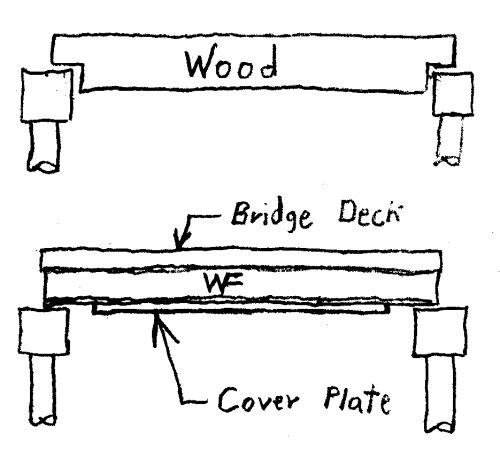JNEnginr
Civil/Environmental
- Aug 26, 2008
- 99
Hey Everyone,
Take a look at these two photos and see if you can shed some light on what's going on here.
This is an old building, early 1900s I believe. Existing foundations are multi-wythe brick. Floor construction is concrete slab/beams, hollowed out with hollow terracotta block. See third image.
In this area, there is an old large bank vault above. What is the point of the dropped concrete beams if they don't rest on anything? The CMU wall looks just like infill. It looks like a dropped slab on dropped beams, I just don't get how it works.
Appreciate the thoughts!
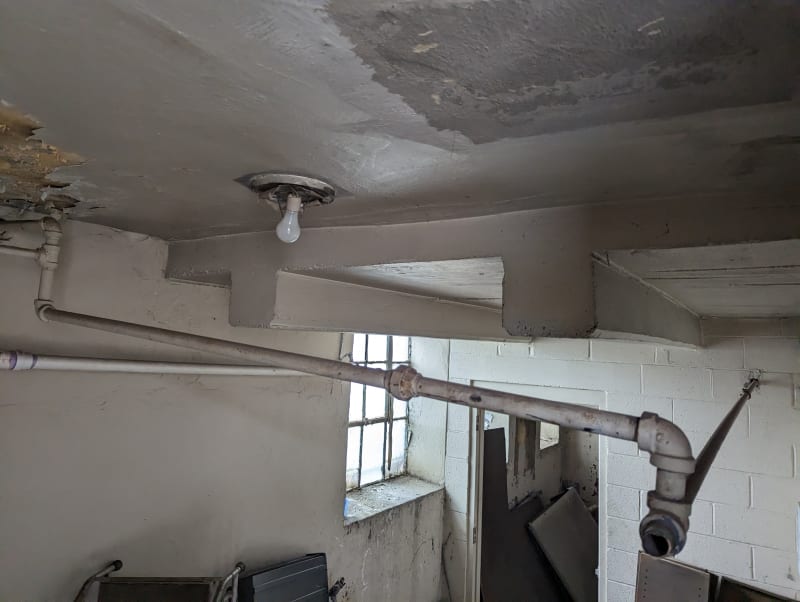
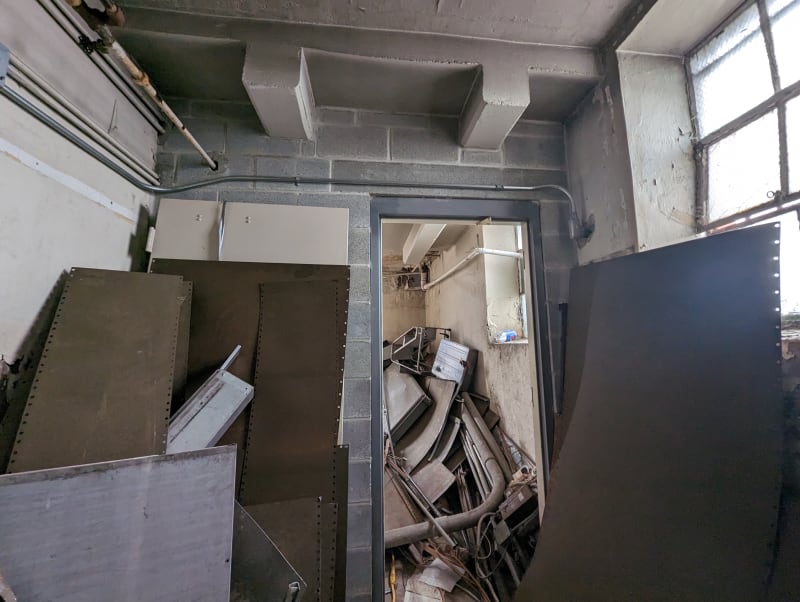
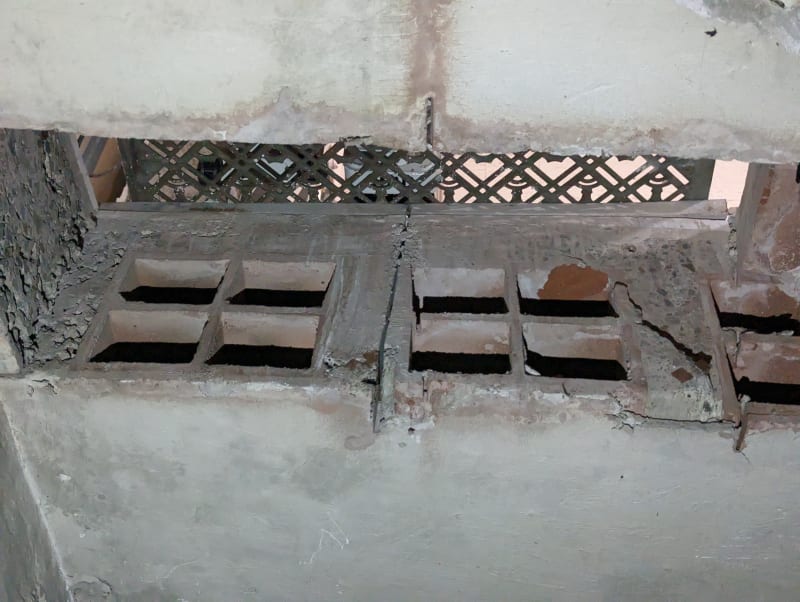
Take a look at these two photos and see if you can shed some light on what's going on here.
This is an old building, early 1900s I believe. Existing foundations are multi-wythe brick. Floor construction is concrete slab/beams, hollowed out with hollow terracotta block. See third image.
In this area, there is an old large bank vault above. What is the point of the dropped concrete beams if they don't rest on anything? The CMU wall looks just like infill. It looks like a dropped slab on dropped beams, I just don't get how it works.
Appreciate the thoughts!




